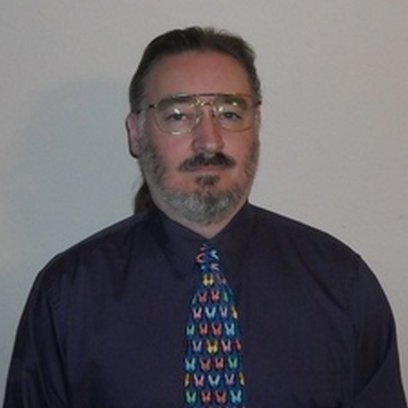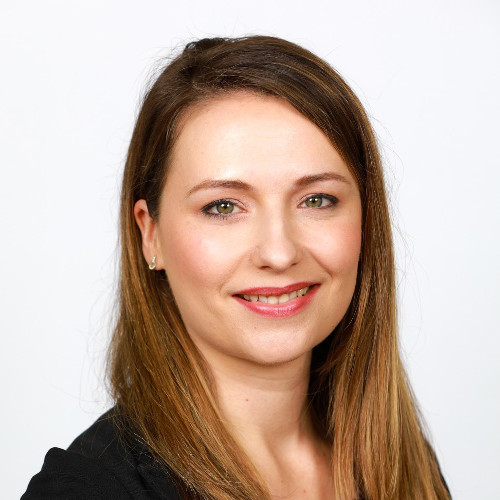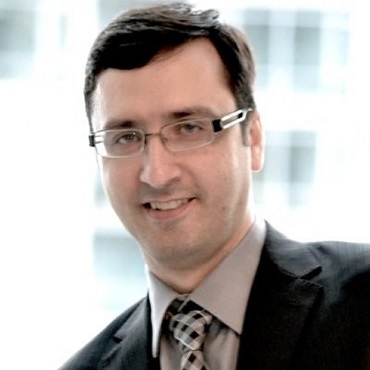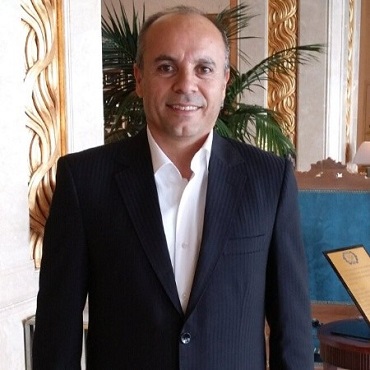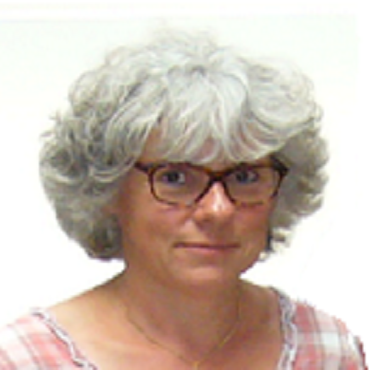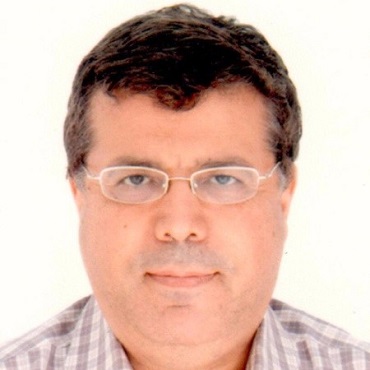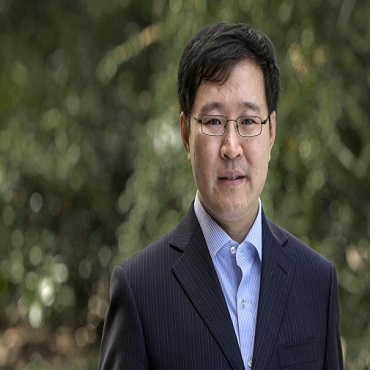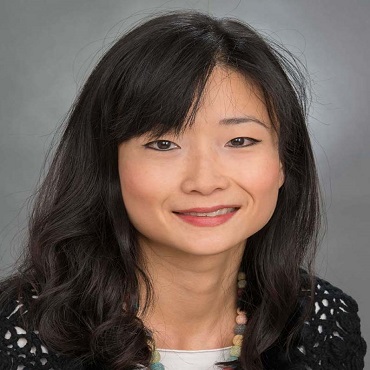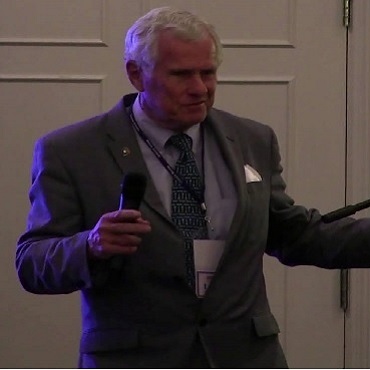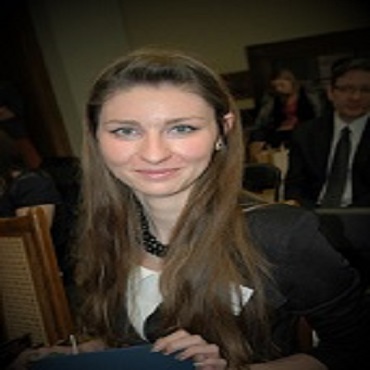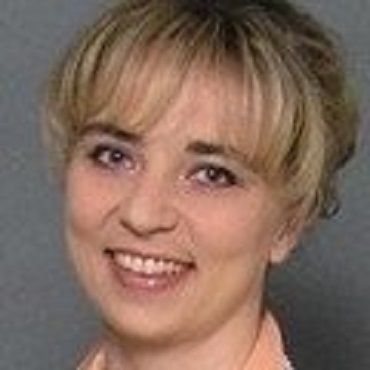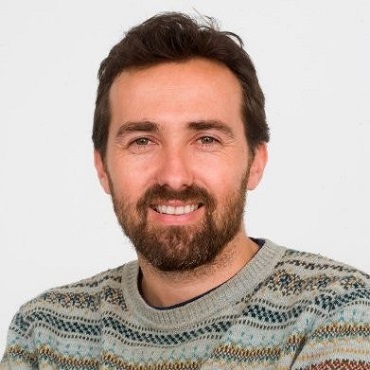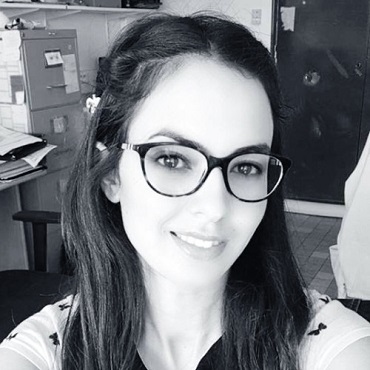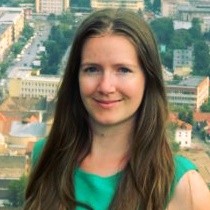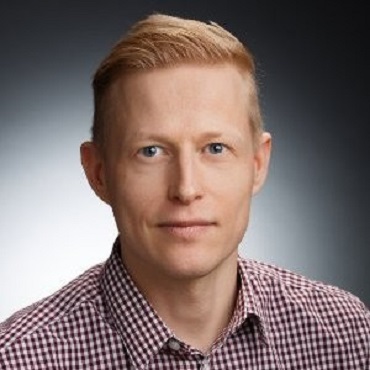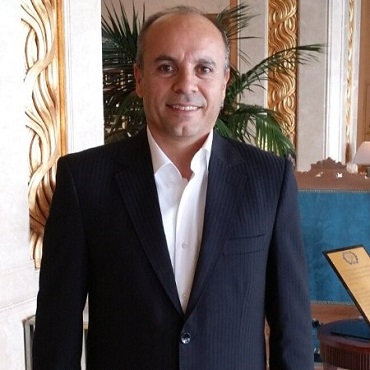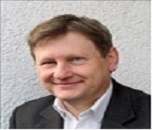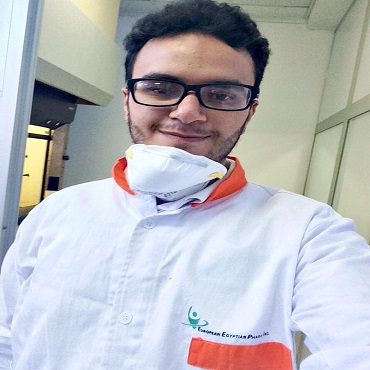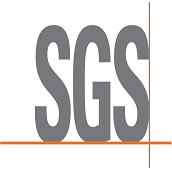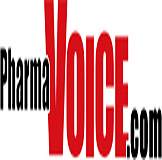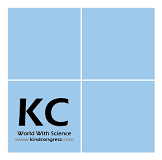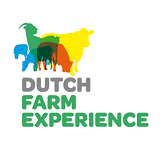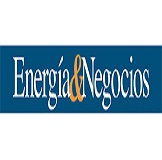
World Colloid 2018

Theme: Essential Conceptual and methodological tools to approach Nano- Research issues.
Colloid conference is delighted to welcome the participants from all over the world to attend the prestigious World Colloid Conference 2018 scheduled during October 25-26, 2018 in Vienna, Austria. The conference provides the global coliseum to international scholars and researchers to voice their research findings to the world. With representatives from all the major countries in attendance the atmosphere is exciting with open and friendly interaction between attendees. This is a conference, providing an opportunity for the colloid and surface chemistry industry to learn about current and upcoming issues, explore new developments in culture technology, and interact with others with similar interests.
MARKET RESEARCH OF COLLOIDAL SCIENCE
This report studies the Colloidal market status and outlook of global and United States, from angles of players, regions, product types and end industries; this report analyzes the top players in global and United States market, and splits the Colloidal market by product type and application/end industries.The global Colloidal market is valued at 85 million USD in 2017 and is expected to reach 77 million USD by the end of 2025, growing at a CAGR of 125% between 2017 and 2025.The Asia-Pacific will occupy for more market share in following years, especially in China, also fast growing India and Southeast Asia regions.North America, especially the United States, will still play an important role which cannot be ignored. Any changes from United States might affect the development trend of Colloidal .United States plays an important role in global market, with market size of 135 million USD in 2017 and will be 225 million USD in 2025, with a CAGR of 213
Geographically, this report is segmented into several key regions, with sales, revenue, market share (%) and growth Rate (%) of Colloidal Silica in these regions, from 2013 to 2025 (forecast), covering
- United States
- America
- Europe
- Asia-Pacific
- Middle East
Colloidal science in Europe:
Based on the Colloids industrial chain, this report mainly elaborate the definition, types, applications and major players of Colloids market in details. Deep analysis about market status (2012-2017), enterprise competition pattern, advantages and disadvantages of enterprise Products, industry development trends (2017-2022), regional industrial layout characteristics and macroeconomic policies, industrial policy has also be included. From raw materials to downstream buyers of this industry will be analyzed scientifically, the feature of product circulation and sales channel will be presented as well. In a word, this report will help you to establish a panorama of industrial development and characteristics of the Colloids market.
The Colloids market can be split based on product types, major applications, and important regions.
Colloidal science in America:
This report analyses Colloids market based on regions, type and applications along with the manufacturing cost structure with Revenue ($), Consumption, Export followed by Major Players, Market Production, Market Segmentation and Forecast till 2022. Next Section in Colloids market report including tables and figures to provide Colloids Market outlook with Market Drivers and Opportunities along with increasing Market Share, Upstream Raw Material Supplier Analysis and Major Downstream Buyers of Colloids Market.
Colloidal science in Middle East:
Colloidal market Report speaks about the manufacturing process. The process is analysed thoroughly with respect three points, viz. raw material and equipment suppliers, various manufacturing associated costs (material cost, labour cost, etc.) and the actual process of whole Enterprise Colloidal market.
Colloidal science in Asia:
In Asia the scope of this report is broad and covers several types of colloids used globally (except starch); it is broken down into five major sources and further into their subtypes, functional properties, end-user industries, and regional markets in each of the submarkets. The revenue forecasts from 2015 to 2020 are explained for each of these major types of hydrocolloids, as well as the functional properties, end-user industries, and regional markets for each type of hydrocolloid.
Colloidal science in Austria:
The number of personnel engaged with R&D which was covered in the framework of STATISTICS AUSTRIA’s surveys on research and experimental development (R&D) in all economic sectors was 71,395.9 full-time equivalents (FTEs) in 2015. In comparison with the reference period 2013, this represents an increase of the number of R&D personnel by 7.9%. In 2015, 70.8% of total R&D personnel were occupied in the business enterprise sector, 24.8% in the higher education sector, 3.7% in the government sector and 0.7% in the private non-profit sector. In Austria, presumably €11.3 billion will be spent on research and experimental development (R&D) in 2017. In comparison to 2016, the total sum of Austrian R&D expenditure will increase by 3.8% and hence reach 3.14% of the gross domestic product (GDP).
Global colloidal chemistry Universities:
ETH Zurich, Switzerland
Max Planck Society, Germany
Imperial College London, UK
University of Cambridge, UK
University of Strasbourg 1, France
Technical University of Munich, Germany
University of Oxford, UK
National Centre for Scientific Research (CNRS), France
National Research Council (CNR), Italy
National Research Council (CSIC), Spain
Global colloidal chemistry Societies:
Australian colloid and interface society, Australia
European colloid and interface society, Europe
ASCASS Asian society for colloid and surface science. Kuala Lumpur, MALAYSIA.
SIS International symposium of surfactants in solution, Norman,USA
Kolloid-Gesellschaft e.v,Germany
ZSIGMONDY colloquium ,Mainz,Germany
REFERENCES
Voyutsky S (1978) Colloid Chemistry. Moscow: Mir Publishers, Moscow, Russia.
Webster DA, Spadaro JA, Becker RO, Cramer S (1981) Silver anode treatment of chronic osteomyelitis. Clinical Orthopedic and Related Research 161: 104-114.
Alexander J (1924) Colloid Chemistry. Van Nostrand Co., New York, USA.
Becker RO, Selden G (1985) The Body Electric. Electromagnetism and the Foundation of Life. QuillAVilliam Morrow, New York, USA.
Becker RO and Spadaro JA (1978) Treatment of orthopaedic infections with electrically generated silver ions. A preliminary report. J Bone Joint Surg Am 60(7): 871-881.
Becker RO, Spadaro JA (1979) Experience with low current silver electrode treatment of nonunion. In: Grighton CT, Black, Jonathan B, et al. (Eds.), Electrical Properties of Bone and Cartilage. Grune and Stratton, New York, USA, pp. 631-638.
Freundlich H (1922) Colloid and Capillary Chemistry. EP Dutton, New York, USA.
Freundlich H (1925) The Elements of Colloidal Chemistry. Methuen Publishing, London, UK.
Goddard ED (1985) Colloid. The World Book Encyclopedia, Chicago, USA.
Gruner MD and Cameron O (1947) An Interpretation of Cancer. Health Research, Washington, USA.
Higher Education Library Publishers (H.E.L.P.). Colloidal Silver-A closer look. H.E.L.P.fulNews 9 p. 11.
Hirschberg, Leonard Keene. Electrical Colloids, from an article out of Johns Hopkins University Hospital.
- Colloid and Analytical Chemistry
- Colloids in Cosmetics and Personal Care
- Soft materials colloids dispersions, gels, thin films
- Nanocomposite
- Materials for catalysis of colloid
- Multiple Exciton Generation in Colloidal Nanocrystals
- Colloidal nanocarriers
- Colloidal Biomolecules
- Colloid-polymer mixtures
- Surfactants with colloids
- Biocolloids and soft matter systems
- Colloidial Transport
- Colloids as Delivery Systems and for Diagnostic
- Journal of Chemistry and Applied Chemical Engineering
15 Organizing Committee Members
19 Renowned Speakers
Kyle Kim
Biomaterials Engineer at DuPont Industrial BioSciences
Wilmington
USA
Davis L Ford
President: Davis L. Ford, Ph.D., P.E.
USA
Baghali G. Mathapa
Professor, Botswana University of Agriculture and Natural Resource
Botswana
Asmaa Selim
Budapest University of Technology and Economics
Hungary
Ilona Kcosowska-Chomiczewska
Department of Colloid and Lipid Technology, Gdańsk University of Technology
Poland
Zhong-Sheng Wang
Professor Department of Chemistry Fudan University
China
Matthew Dixon
Product Manager at Nanoscience Instruments.
Orange County, California Area
USA
Iva Rezic
Head of Department of Applied Chemistry at the University of Zagreb
Croatia
Maja Somogyi Skoc
Head of Department of Materials,
University of Zagreb Faculty of Textile Technology
Croatia
Jon Vilasau Sarobe
Product Development Manager en Croda
Spain
Asma Bahari
Researcher at Montpellier University
Nestle Group
France
Lenke Kocs
Researcher Phd Candidate at INM-Leibniz Institute for New Materials
Hungary
Moataz Elsawy
Researcher, PhD at Egyptian petroleum Research Institute; Materials Science
Czech Republic
MaxwellThatyana
Researcher with expertise in antimicrobiology and anticancer research
South Africa
Abdeen Mustafa Omer
Energy Research Institute (ERI), Nottingham
UK
Henrikki Liimatainen
Associate Professor, Academy Research Fellow, Docent at University of Oulu
Finland
Ramin Zibaseresht
Associate professor
Maritime University of Imam Khomeini
Newzealand
Wolfgang Ensinger
Technische Universitaet Darmstadt Germany
Germany
Omar Aziz
Zewail University of Science and Technology
Egypt






